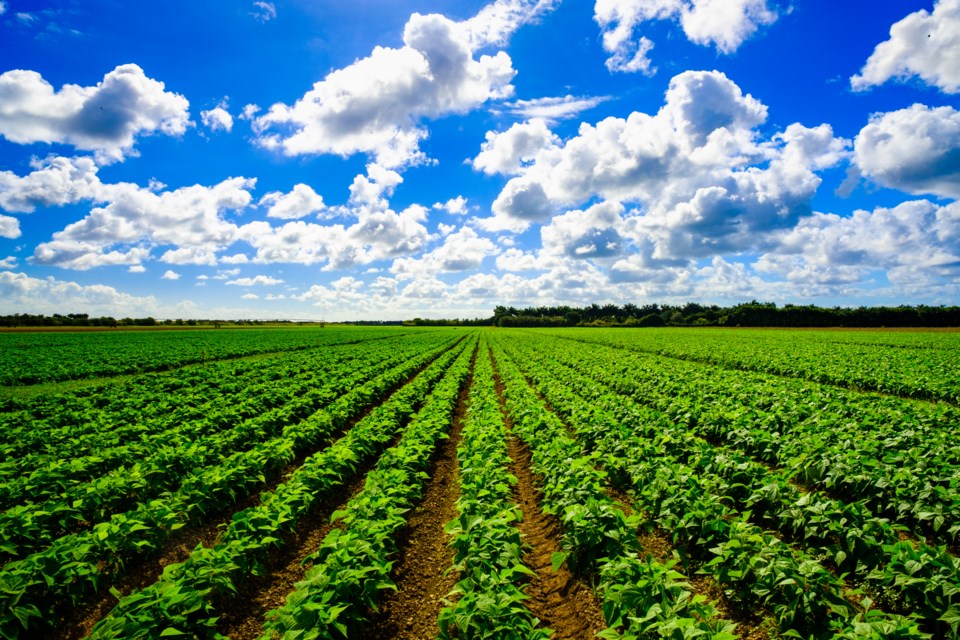Farmers in Prince George and its neighbouring regions face several challenges every year when it comes to preserving land and agriculture.
In an effort to help combat issues of wildfires, pests, and even dying crops, the federal and provincial governments are pooling together $300,000 over the next four years through the new Canadian Agriculture Partnership for the Fraser-Fort George (RDFFG) and Bulkley-Nechako Regional Districts (RDBN).
Funded projects are four-fold, set to help farmers address and respond to major impact areas northern B.C. faces on a yearly basis:
- Increasing wildfire risk
- Increasing variability and shifting crop suitability
- Warmer and drier summer conditions
- Changing pest dynamics
The strategies plan officially commenced last summer (2018), bringing together farmers from both regions to work with all branches of government to take care of these priority areas.
“B.C. farmers are resilient and used to tackling challenges,” said Lana Popham, B.C.’s Minister of Agriculture in a news release today (Aug. 13). “Floods, wildfires and shifting weather patterns are too big for one person to handle. I’m proud to support strategies tailored to different regions of the province so that farmers can thrive and British Columbians can continue to enjoy access to fresh, local food. By supporting farmers working to adapt, we are strengthening our economy so that all British Columbians can prosper.”
The RDFFG ad RDBN encompassed over 330,000 hectares of farmland in 2016 and employed over 2,600 people and focused on raising cattle and poultry and producing hay and field crops.
A 14-member group of agriculture representatives and regional and provincial governments will oversee the development of up to six projects between now and 2023.
More information can be found on the B.C. Ministry of Agriculture website.



